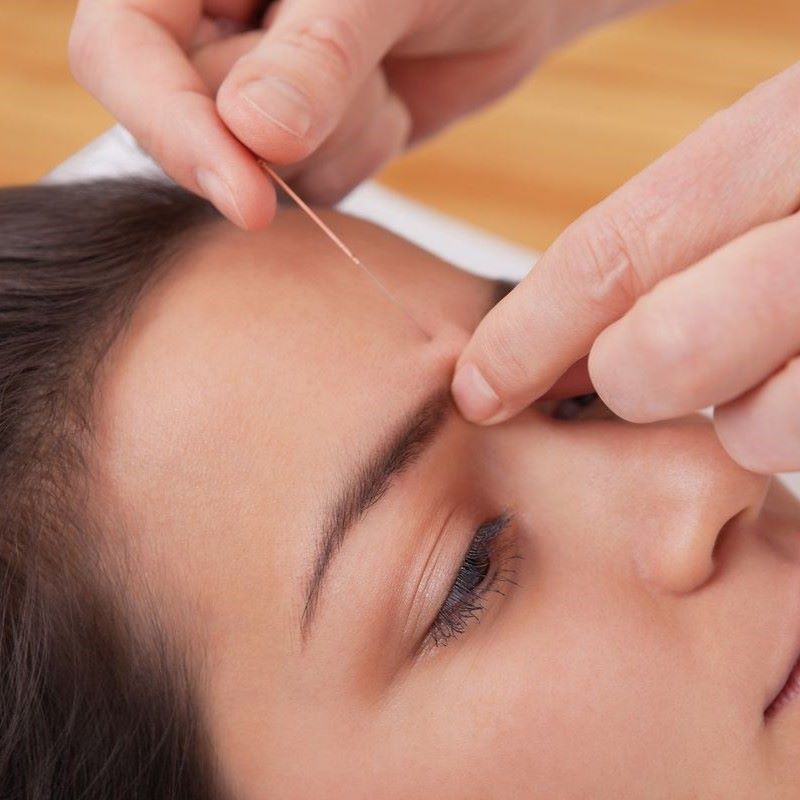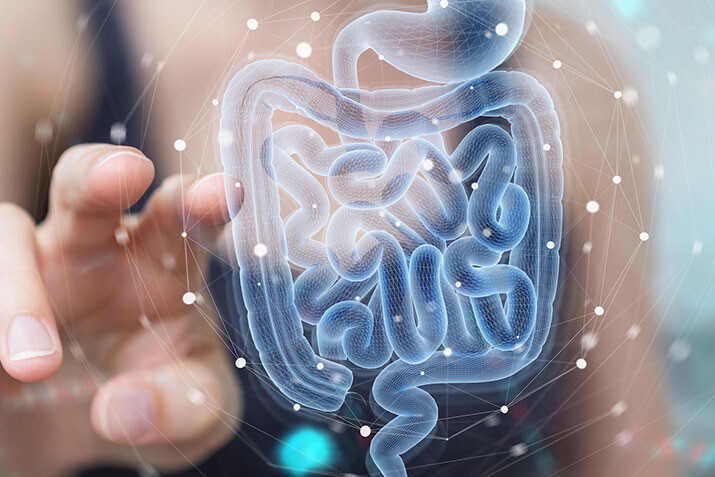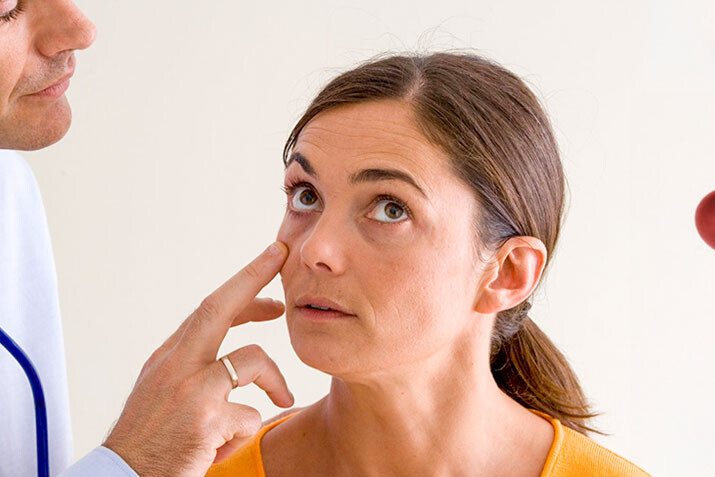The Acupoint – a mystery under ongoing research!
Acupuncture is the most popular discipline of Traditional Chinese medicine (TCM), a well-known healing system, which is rooted in the ancient philosophy of Taoism. This empiric healing philosophy has been continuously developed for more than 2000 Years. The fundamental concepts are the qi (the vital energy), the yin and yang and the 5-element theory. TCM provides guidelines for both the practitioner and the patient on how to facilitate harmony, health and wellbeing. Acupuncture is done on selected acupoints. The points are specifically chosen sites, which are stimulated by inserting a needle. The goal is to activate self-healing processes by rectifying and circulating the “qi” through the energy channels- the meridians. The stimulus comes through the insertion of a sterile needle in the acupoint. But what exactly is an acupoint?
Acupuncture points are anatomically defined areas on the body. These well-defined zones are often located in shallow depressions in the body, typically overlying borders between muscles, tendons, and bones. There are 361 points arranged in meridians- lines corresponding to the” energy channels”. There is no evidence demonstrating that acupuncture points are specific anatomical entities. Also, the so-called meridians, the energy channels, have no anatomical structure. Although under the microscope the area of an acupoint often shows a larger number of nerve bundles, vascular elements, specialized cells compared to the usual tissue.

Most acupoints are associated with meridians. These are the so-called meridian points. There are also extra points without any connection to the energy channels. All these points have a Chinese name. The meridian points are attributed to the related organ meridian and they have a number. According to traditional Chinese medicine there are 12 Meridians which are connected to the organs and 8 Extra meridians. The energy called “qi “is circulating in these meridians.
The mechanisms of acupuncture cannot be totally explained from the standard scientific point of view. Acupoints may release certain substances and stimulate adjustment with the result of local and systemic effects. There are reactions after needling the acupoints and there is a communication with the central nerve system. These reactions have been scientifically researched. Biochemical and hormonal messengers could be identified. Nerve ends, receptors and mast cells play a role. In addition it has been shown that there is the release of several substances after hitting the acupoint with a needle, for example the “itch hormone” histamine. According to today’s knowledge, acupoints have physiological properties- however the scientific evidence is not enough to describe an acupoint as a “physiological unit”.
Acupuncture has gained an increasing recognition and clinical role over the last few decades. The World Health Organization (WHO) has developed a Standard International Acupuncture Nomenclature Report in 1991, which identifies 361 acupuncture points. And in 1979, the WHO held a symposium on acupuncture. A list of 43 diseases in which acupuncture can help has been published. Today the list includes more then 100 conditions. Because of the increasing interest and application in clinical settings worldwide, the WHO has benchmarked the practice of acupuncture and published a document recently which has become a guideline for policy makers.
Regards,
TCM Team: (From left to right) –
Dr. Charlotte Zoeller, MD, Specialist Family Medicine, western medicine and TCM
























